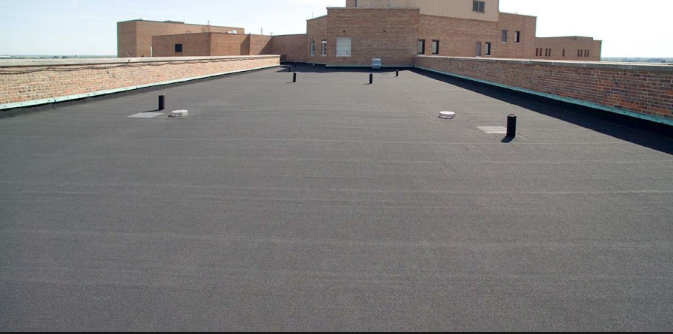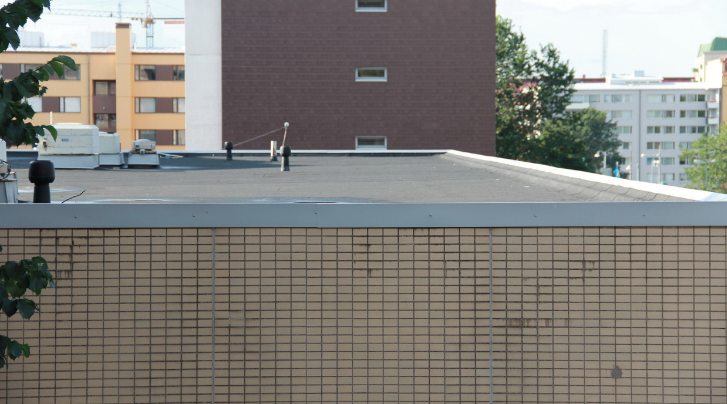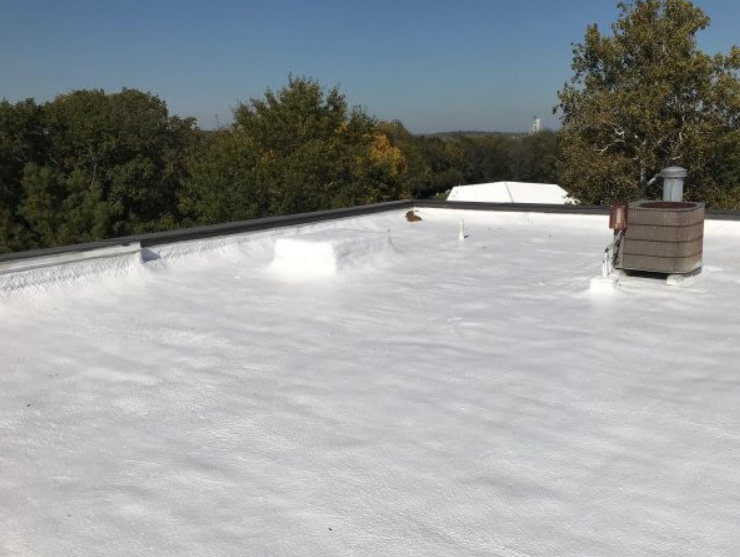Types of Commercial Roofing
Commercial roofing protects the tops of buildings in business districts. When compared to residential roofing, commercial options have different characteristics. This guide has information about those characteristics and more.
Spray Polyurethane Foam Roofing
Spray polyurethane foam roofing material is typically placed on storefronts, manufacturing facilities, and industrial plants. Contractors use guns to distribute the polyurethane on a roof. The foam substance blasts out as a liquid. Then, it slowly transforms into foam. After the foam sets, it creates a stiff layer over the roof’s foundation. Spray polyurethane foam roofing is popular because it’s
- Tough
- Energy-efficient
- Waterproof
- Single-Ply Membrane Roofing
A single-ply membrane roof has multiple layers of rubber and various synthetics. A contractor can install the membranes using mechanical fastening tools or by adhering the sheets with chemicals. When installations are done, the material sticks to insulation on a roof, and if the membranes are properly maintained, they will provide a high level of protection for up to 30 years.
Metal Roofing
Most metal roofing is made of corrugated galvanized steel. However, in some markets, there are companies that use tin or aluminum.
Thousands of contractors work with metal roof material because it’s very lightweight and easy to use. During installations, a team of contractors can attach metal sheets on the top of an existing roof without any hassle.
Protective coatings are available for metal roofing. These solutions create a shield that prevents:
- Water damage
- Heat damage
- Rusting
In many cities, metal roofing dominates the skyline throughout various business districts for many reasons. For example, because metal is manufactured in a variety of colors, any building with a steel, aluminum, or tin roof develops character and gains curb appeal. Another advantage is that metal roofing stays strong in the harshest conditions. A well-designed roof can withstand high winds and heavy snow, and the material won’t break down easily during a fire event.
Shingle Roofing
Shingle roofing is only used on commercial buildings that have a sloped roof. Commercial shingles are usually made of
- Ceramic
- Slate
- Metal
- Wood
- Plastic
Architectural shingles are heavier than regular shingles since they have multiple layers. The layers increase the material’s durability, and a contractor can add a weatherproof coating to give each shingle better protective properties.
Major roofing manufacturers offer commercial shingles in different colors. There many light and dark shingle designs available for stores, hotels, and restaurants.
Built-Up Roofing
Throughout the United States, built-up roofing has been featured in building blueprints for more than 100 years because working with the materials isn’t complicated. During the installation process, a contractor layers alternating clusters of tar and asphalt. This layering procedure helps the tar and asphalt stabilize fabrics that are on the top of a roof.
A contractor or a building owner gets to select the number of plies that are placed on a built-up roof. The last layer is the most important component, so it’s designed differently. To make a roof strong, this layer is made of gravel or stone, and it requires low maintenance.
.png)



